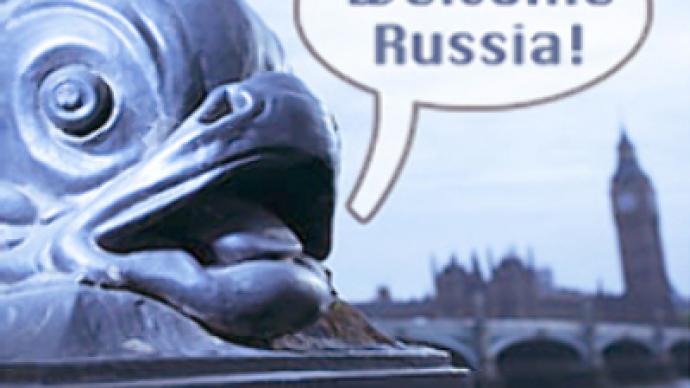Top quality art lures Russian buyers to London despite fears of global slowdown

With the world economy facing troubles, many of Russia's wealthy are investing in high-end art – and rushing to London to pick up masterpieces.
New money's driving the world art market to record highs. If Klondike gold pioneers built mansions and Arab oil traders went into horse racing, writes the Guardian, commodity-fueled Russians are flocking to the world art capital London.
In May Roman Abramovich paid the highest ever price for a living artist's work, $33.4 mln for a painting by Lucian Freud. A day later he spent $88.3 mln on a work by Francis Bacon. Jussi Pylkkanen, President, of Christie's Europe, says Russian buyers have an eye for quality.
10% year-on-year Christie's sales growth despite credit crunch is phenomenal. Russians buy the very best quality in each category, which suggests they fully understand resale value.
With investors worried their bank will be next to write off billions of dollars, many are eyeing so-called alternative investments. Mainland China's just opened its first wine futures exchange.
The biggest gallery of Russian art in Europe claims the best chance of finding a gem is in the newly liberalized countries of the East. Oksana Chiamonwu, Manager at London's Alla Bulyanskaya Gallery says their cultures mean the artworks have more potential upside.
We believe artists from rich cultures until recently closed to foreigners, like Russia and China, have particular potential to rise in value.
Many are hoping to find the next Francis Bacon, who in the '70s sold paintings for a few thousand dollars now worth millions. On Sunday US Treasury Secretary Henry Paulson warned bank losses in the coming months would increase.
When the economy suffers, the high end of the art market has always held up, it's the market just below that tends to rise and fall with other investments. But art professionals say this time could be different, as large parts of the population have lost faith in the banking system.












